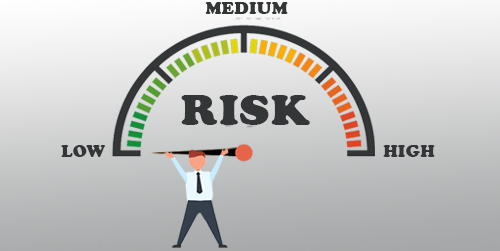Change Management involves the process that ensures a business responds to the environment in which it operates.
Change management is a structural approach to deal with the changes in an organization’s future goal, execution processes, and current technologies. The main purpose is to introduce fresh effective strategies, managing those strategies and aware people to accept those changes.


This kind of change occur over a period of time in small step by step. Lots of small changes as a business operates and develops.


This kind of change occur rapidly in an organization. Any type of dramatic change at a time or sometimes major alteration in the business process.






Here are some facts that can define the impact of great leadership.


Organizations must continually adapt due to shifting market conditions, customer demands, technologies, input costs, shareholder expectations and competition.
Organization must adapt this change in the environment to avoid unnecessary risk, out of the competition and death of the business
The main challenge is to improve your people to take action for better future without any discouragement or distrust.
So the proper way should be take enough action and avoid despair.
Four typical responses to change are the critic who vocally opposes the change, the victim who panics, the bystander who avoids getting involved and the change navigator who is resilient and able to adapt to the new circumstances.




Firstly any organization should Prepare for Changes
We should identify the anticipated points of resistance and special tactics based on willingness assessments.
Secondly, they should ready to Managing Change
Organization needs to develop a proper planning for change management. Next, they should take action and implement those plans.
The final step is Strengthening Change
Management should collect and analyze feedbacks. Diagnose different gaps and manage resistance. At last, the organization should implement corrective actions and celebrate its success.